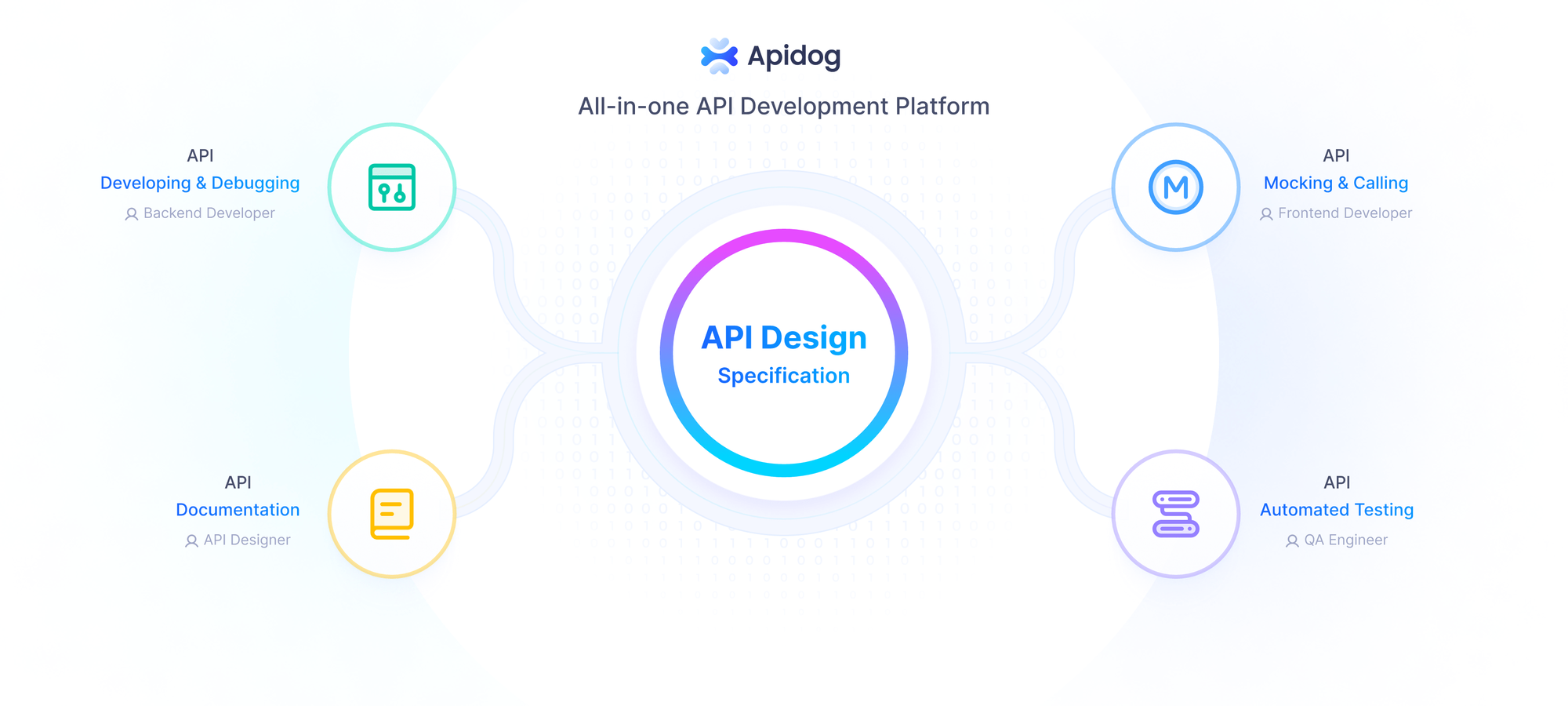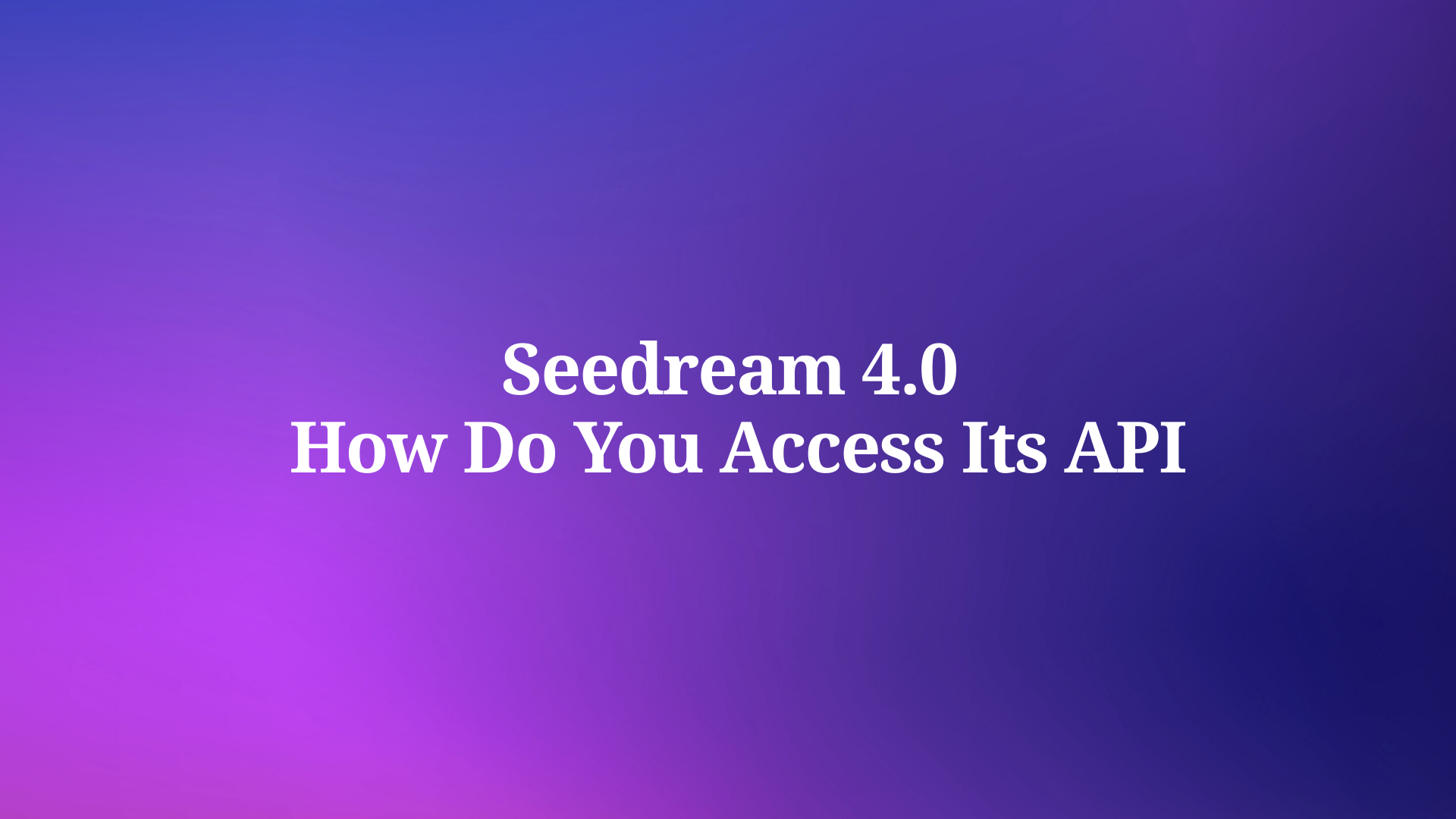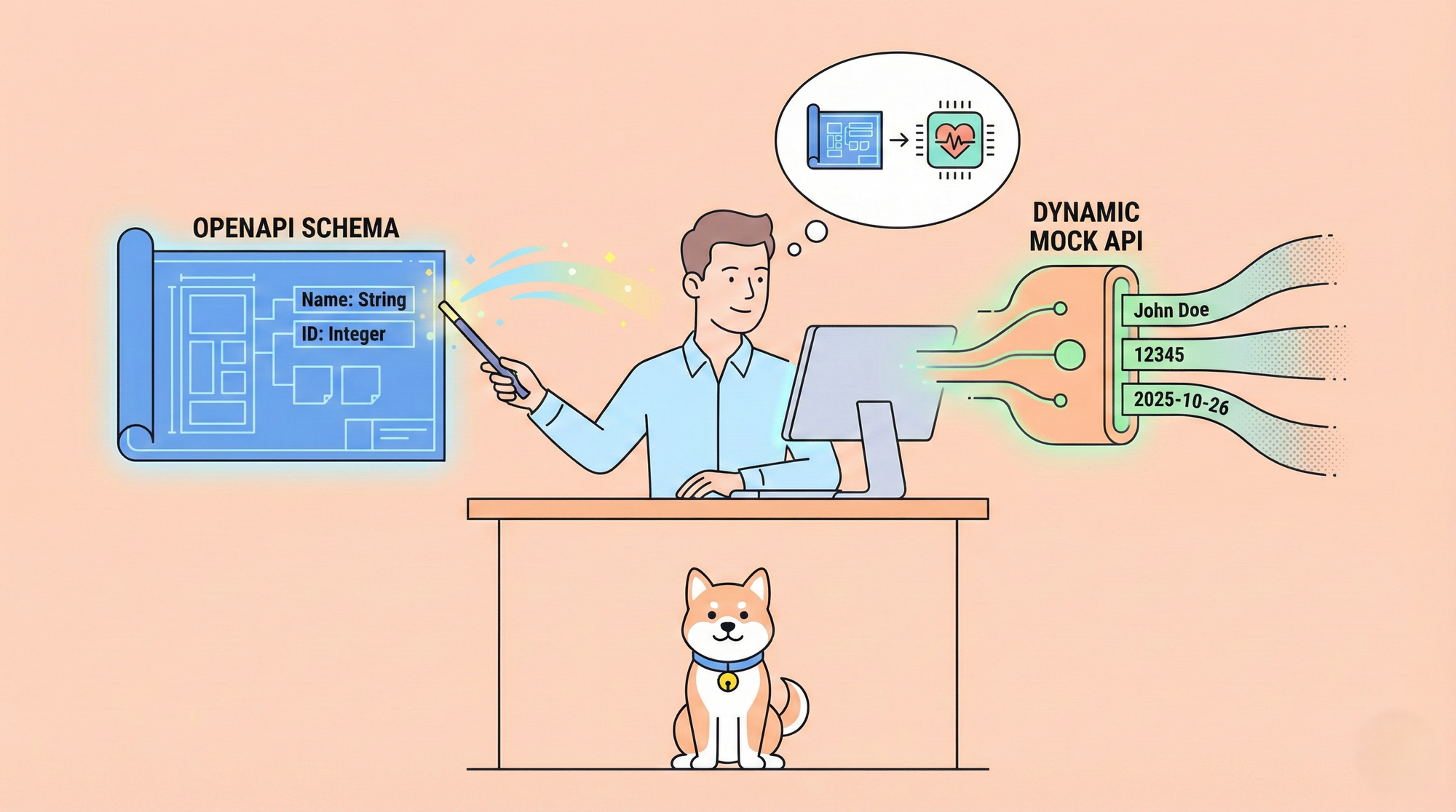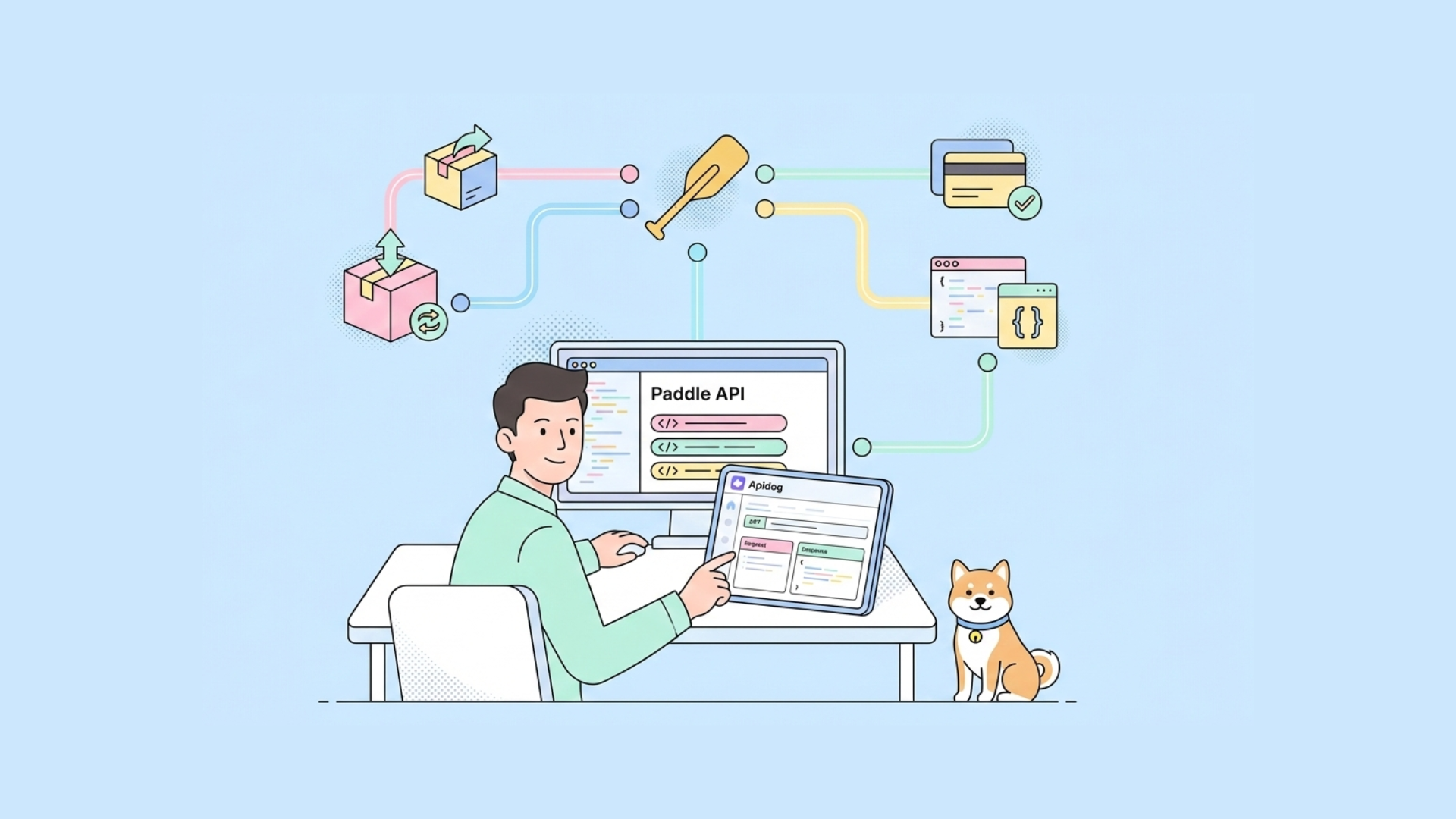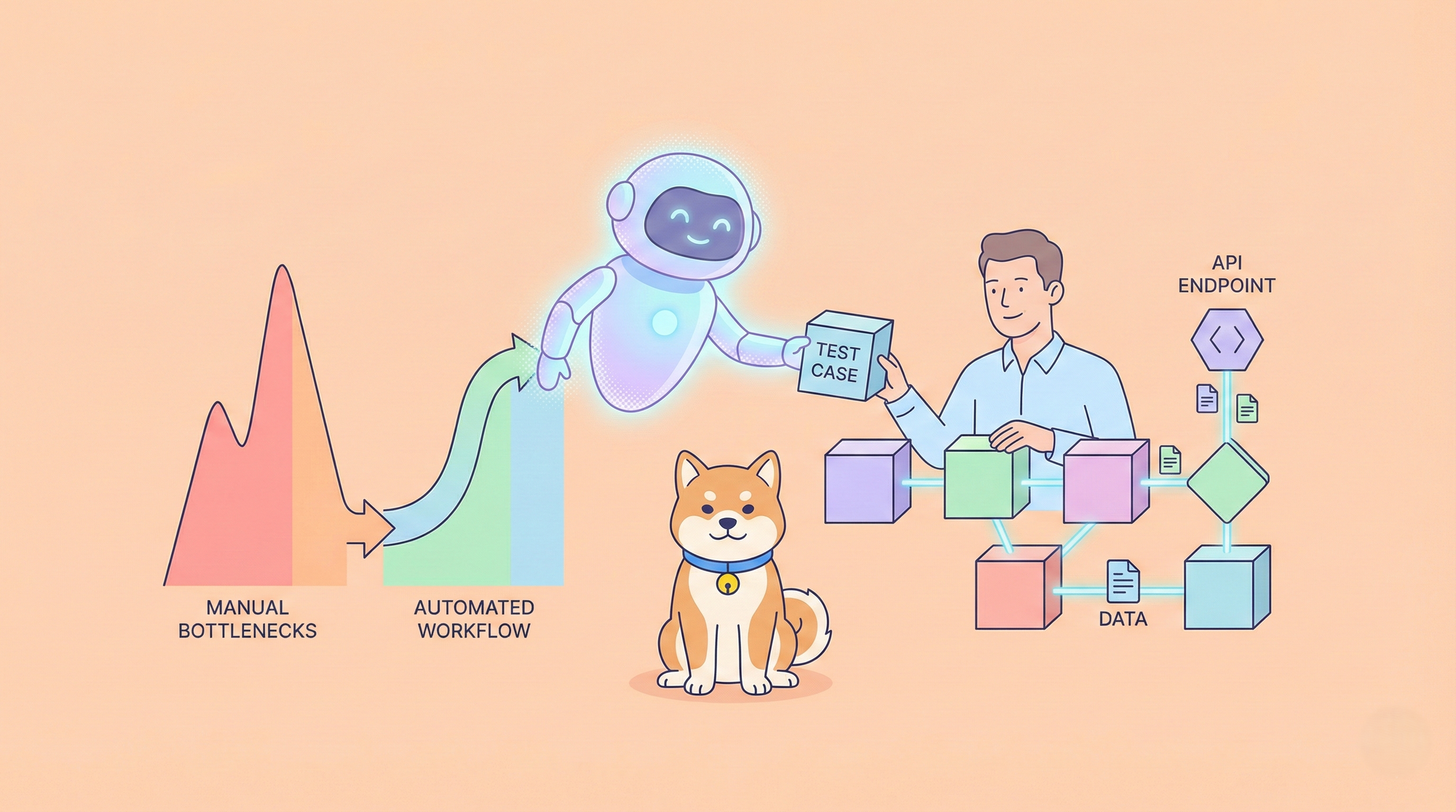Developers and AI enthusiasts seek powerful tools that blend image generation with precise editing. Seedream 4.0 from ByteDance delivers exactly that. This model secures the top spot on the Artificial Analysis Image Editing Leaderboard, outperforming Google's Gemini 2.5 Flash with an ELO score of 1,205. It handles complex tasks like text rendering and object replacement while maintaining reference consistency.
Seedream 4.0 represents a unified architecture that merges generation and editing into one seamless process. Engineers appreciate its speed and 4K resolution support, which accelerate prototyping in applications from e-commerce to content creation. Moreover, its prompt-based controls enable fine-grained modifications without sacrificing quality. In this post, we examine Seedream 4.0's core mechanics, benchmark dominance, and API integration paths. We also highlight how Apidog enhances testing for such advanced models.
Understanding Seedream 4.0: ByteDance's Unified Image Model
ByteDance engineers designed Seedream 4.0 to address limitations in standalone generation or editing tools. This model processes multimodal inputs, combining text prompts with reference images to produce outputs that align closely with user intent. For instance, it excels at knowledge-driven tasks, such as generating accurate educational diagrams or historical timelines.
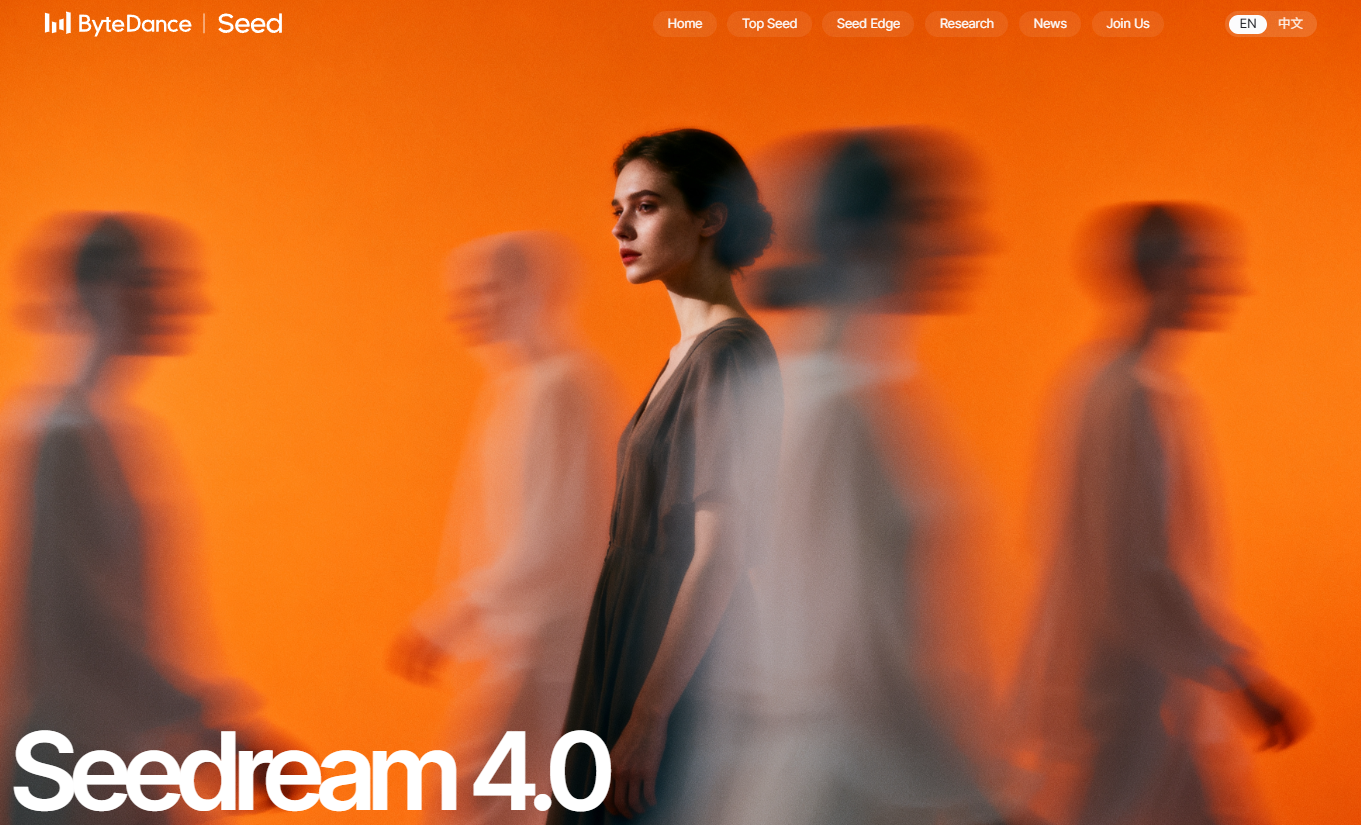
The architecture integrates transformer-based encoders for prompt understanding and diffusion processes for pixel-level refinements. Developers input a single sentence, like "Replace the dog with a Schnauzer while preserving the background lighting," and the model outputs a coherent edit. This capability stems from its training on diverse datasets, including high-resolution photos and synthetic renders, which equip it to handle styles from watercolor to cyberpunk.
Furthermore, Seedream 4.0 supports batch operations. Users upload multiple references and receive parallel generations, which optimizes workflows in production environments. Technical specifications include support for JPEG and PNG formats with aspect ratios between 1/3 and 3. The model caps resolutions at 4K, ensuring crisp details without excessive compute demands.
In practice, this translates to versatile applications. Content creators generate promotional posters with embedded text, such as altering event dates while retaining fonts and colors. Researchers produce comparison charts, like Gothic versus Baroque architecture, complete with labeled annotations. These features position Seedream 4.0 as a go-to for precision-oriented projects.
However, what sets it apart lies in its reasoning depth. The model infers context from prompts, adjusting lighting or repairing scratches in vintage photos automatically. ByteDance's internal MagicBench evaluations confirm high scores in prompt adherence (over 90%) and aesthetics. As a result, developers integrate it into apps that demand both creativity and accuracy.
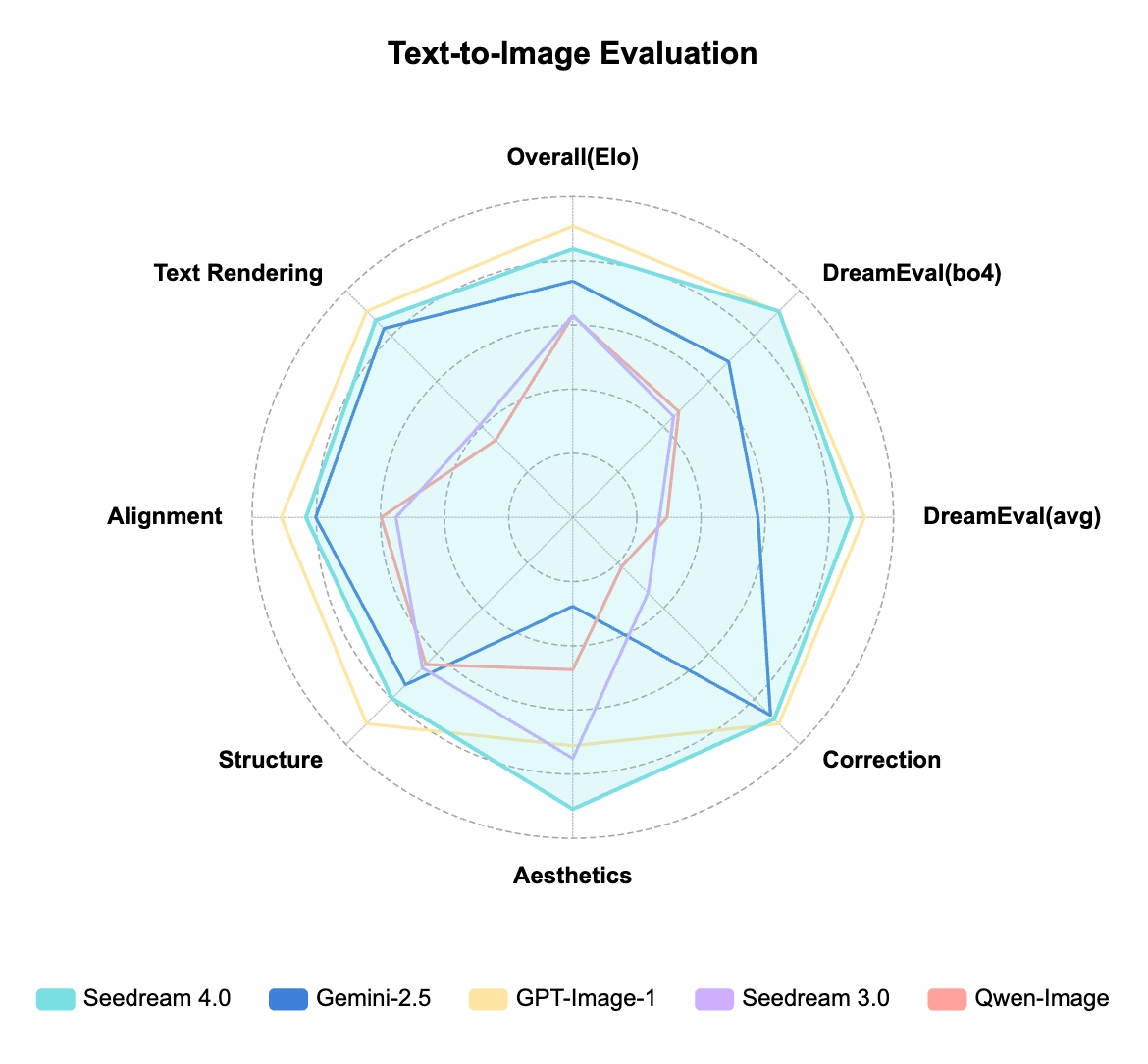
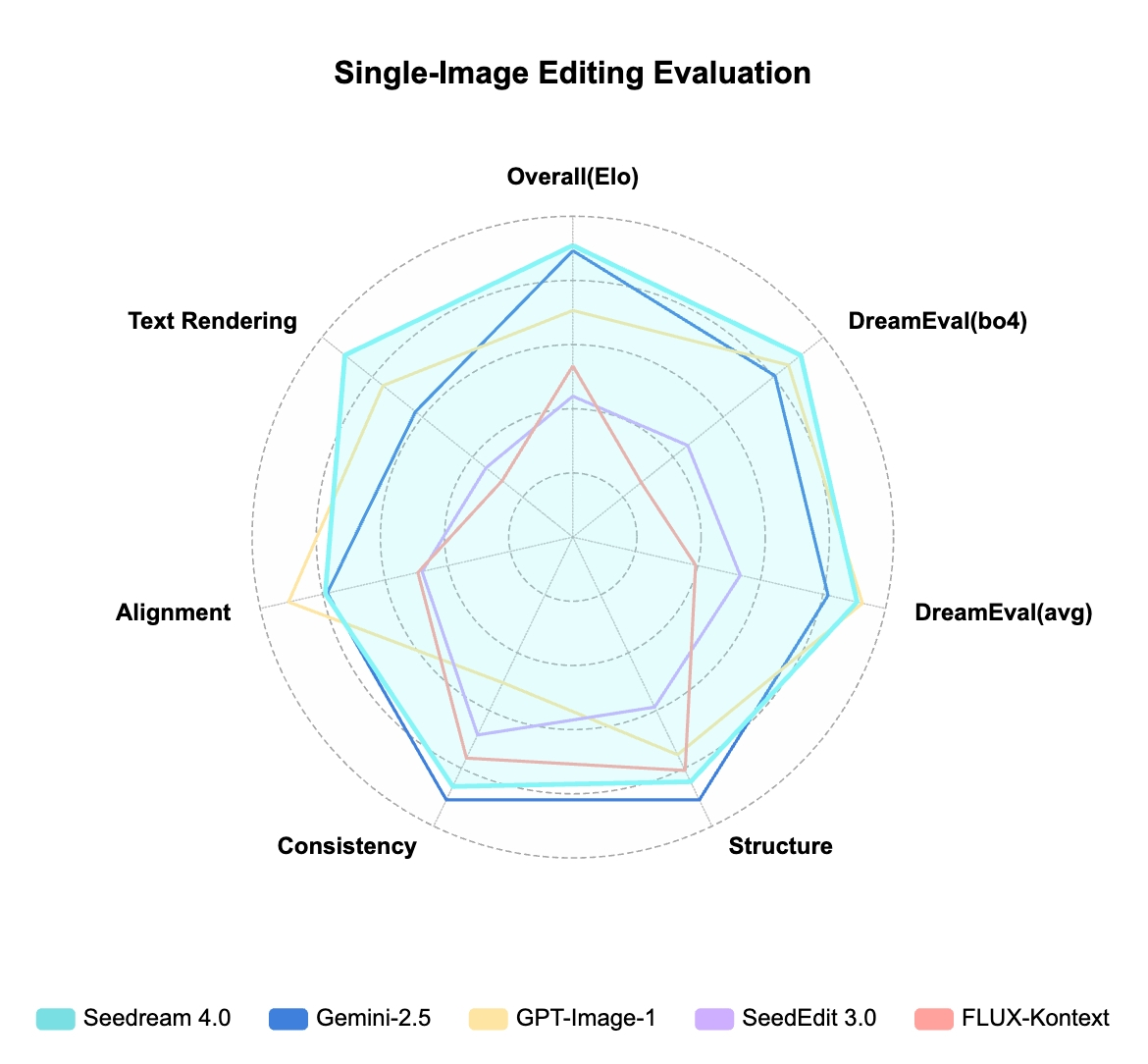
Why Seedream 4.0 Dominates AI Image Editing Leaderboards
Recent benchmarks underscore Seedream 4.0's superiority. On the Artificial Analysis leaderboard, it claims the number one position with 1,607 appearances and a 95% confidence interval of -20/+23. This edges out competitors like Google's Gemini 2.5 Flash (ELO 1,201) and Black Forest Labs' FLUX.1 Kontext (pro) at 1,089.
Analysts attribute this lead to enhanced text rendering and alignment. Seedream 4.0 processes complex prompts, such as solving equations on a blackboard ("5x + 2y = 26; 2x - y = 5"), with legible outputs. In editing arenas, it achieves parity with top models while surpassing them in speed—up to 30% faster inference than Seedream 3.0.
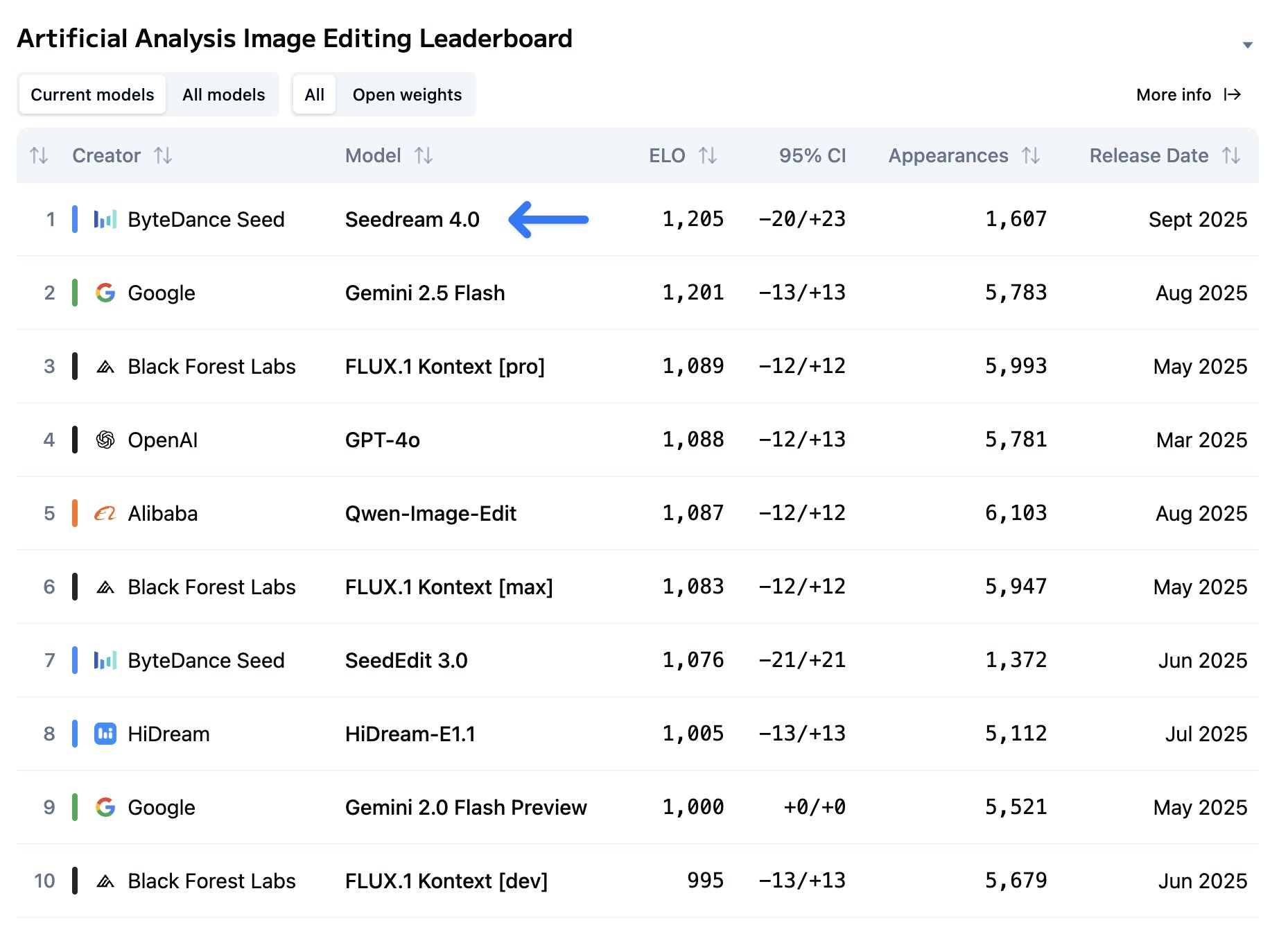
Moreover, community feedback on platforms like X highlights its rapid ascent. One post notes, "Seedream 4.0 is the new leading image model across both the Artificial Analysis Text to Image and Image Editing Arena, surpassing Google's Gemini 2.5 Flash." This reflects real-world evaluations where users vote on outputs for realism and fidelity.
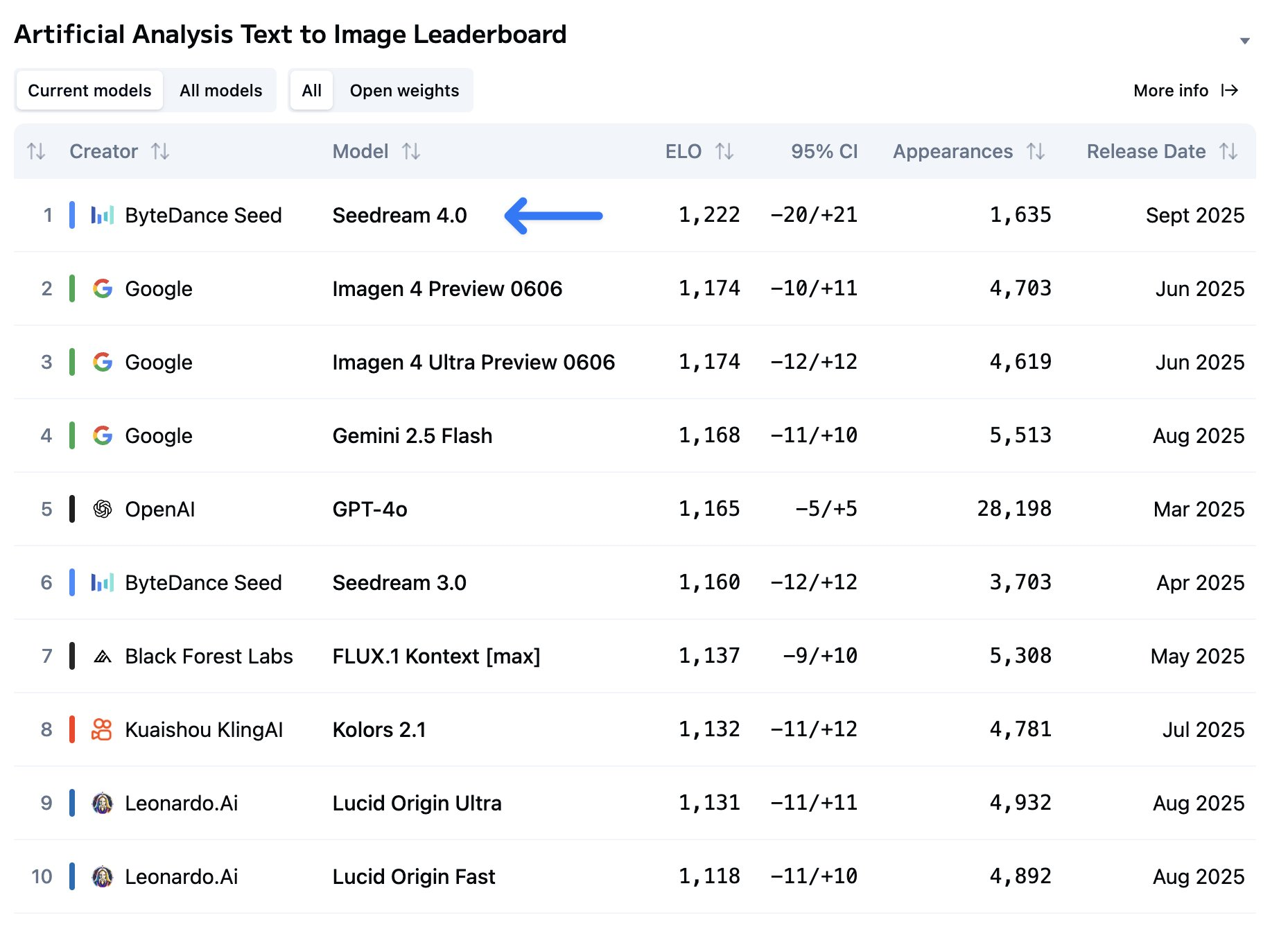
Comparisons reveal strengths in specific domains. Against OpenAI's GPT-4o (ELO 1,088), Seedream 4.0 excels in multi-object scenes, retaining spatial relationships during edits. Alibaba's Qwen-Image-Edit scores 1,087 but falters in style transfers, where Seedream 4.0 shines by converting photos to professional illustrations seamlessly.
Therefore, developers prioritize Seedream 4.0 for scalable deployments. Its open-weight alternatives lag in consistency, making the API route essential for production. As rankings evolve—note the May 2025 release of FLUX.1 dev at 995 ELO—Seedream 4.0's September 2025 debut cements its frontrunner status.
Accessing the Seedream 4.0 API: Key Providers and Setup
Developers access Seedream 4.0 through third-party platforms, as ByteDance routes official integrations via BytePlus. Primary providers include fal.ai, Replicate, and WaveSpeed AI, each offering RESTful endpoints for text-to-image and image-to-image tasks.
First, consider BytePlus ModelArk, the canonical gateway. Users register at docs.byteplus.com, obtain an API key, and call endpoints like /v1/image/generate. This supports batch inputs with parameters for prompt, image URL, and strength (0-1 for edit intensity).
fal.ai simplifies deployment with serverless scaling. Engineers post to https://fal.run/fal-ai/bytedance/seedream/v4/text-to-image using JSON payloads: {"prompt": "A cyberpunk cityscape at dusk", "width": 1024, "height": 1024}. Responses return base64-encoded images, ideal for web apps.
Replicate hosts models with predictable latency. Access via https://api.replicate.com/v1/predictions, specifying the Seedream 4.0 version. It includes webhooks for async polling, which suits high-volume generations.
WaveSpeed AI provides playgrounds for prototyping. Developers test prompts interactively before API calls, with JSON examples for curl: curl -X POST https://api.wavespeed.ai/v1/generate -H "Authorization: Bearer YOUR_KEY" -d '{"model": "seedream-4.0", "prompt": "..."}'.
CometAPI offers free tiers for experimentation, listing Seedream 4.0 under image editing. Kie.ai enables browser-based testing without setup, perfect for quick validations.
Pricing remains consistent at $30 per 1,000 generations across providers. BytePlus enforces rate limits (e.g., 10 requests per minute on basic tiers), while fal.ai scales to enterprise volumes.
To begin, select a provider based on your stack—Node.js devs favor Replicate's SDKs, Python users prefer BytePlus's pip-installable client. Always review rate limits to avoid throttling during spikes.
Step-by-Step Guide: Integrating Seedream 4.0 API with BytePlus
BytePlus delivers the most direct path to Seedream 4.0. Follow these steps to generate your first image.
Step 1: Create an Account. Navigate to console.byteplus.com and sign up with your email. Verify via OTP, then navigate to the ModelArk section under AI services.
Step 2: Generate API Credentials. In the dashboard, select "API Keys" and create a new key. Copy the access key ID and secret—store them securely in environment variables like BYTEPLUS_ACCESS_KEY.
Step 3: Install the SDK. For Python, run pip install byteplus-sdk. Import it in your script: from byteplus import ModelArk.
Step 4: Construct the Request. Define parameters for text-to-image:
import base64
from byteplus import ModelArk
client = ModelArk(
access_key='YOUR_ACCESS_KEY',
secret_key='YOUR_SECRET_KEY',
region='us-west-1' # Adjust based on your region
)
response = client.generate_image(
model='seedream-4.0',
prompt='Illustrate a tropical rainforest with layered canopy and wildlife',
width=2048,
height=2048,
num_images=1,
guidance_scale=7.5 # Controls prompt adherence
)
This payload encodes the prompt via CLIP tokenizer, diffuses noise over 50 steps, and decodes to PNG.
Step 5: Handle the Response. Parse the JSON output:
if response['status'] == 'success':
image_data = base64.b64decode(response['images'][0]['data'])
with open('output.png', 'wb') as f:
f.write(image_data)
else:
print(f"Error: {response['error']}")
The model returns metadata like generation time (typically 5-10 seconds) and confidence scores.
For editing, append an image_url parameter: image_url='https://example.com/ref.jpg', with a prompt like "Colorize this black-and-white photo."
Step 6: Test in Production. Monitor via BytePlus logs for latency and errors. Scale with async calls using asyncio for concurrent batches.
This setup empowers developers to embed Seedream 4.0 in Flask apps or AWS Lambdas. However, optimize prompts—concise descriptions yield better alignment.
Leveraging Apidog for Seedream 4.0 API Testing and Debugging
Apidog transforms API interactions from cumbersome to efficient. As an all-in-one platform, it handles design, mocking, and testing for endpoints like Seedream 4.0's. Download Apidog for free and import BytePlus specs via OpenAPI YAML for instant setup.
Start by creating a new project in Apidog. Import the Seedream 4.0 schema from docs.byteplus.com—Apidog auto-generates collections with endpoints for /generate and /edit.
Next, configure authentication. Add your BytePlus key as a Bearer token in the authorization tab. Apidog supports environment variables, so switch between dev and prod keys seamlessly.
Run unit tests on prompts. Craft a test case: POST to /v1/image/generate with JSON {"prompt": "Draw a timeline from Qin to Qing Dynasty"}. Apidog validates responses against schemas, flagging mismatches in image metadata.
For integration testing, chain requests—generate an image, then edit it in a follow-up call. Apidog's data-driven mode parametrizes prompts from CSV files, simulating batch workloads.
Mock responses accelerate frontend development. Apidog intercepts calls to /generate, returning sample base64 images without hitting BytePlus quotas.
Moreover, debug with traces. Apidog logs headers, payloads, and latencies, revealing issues like invalid aspect ratios (outside 1/3-3). Regression tests ensure updates don't break prompt adherence.
In enterprise scenarios, Apidog's CI/CD hooks integrate with GitHub Actions. Run suites before deploys, confirming Seedream 4.0 outputs meet ELO-level quality.
Developers report 40% faster iterations with Apidog. Its visual editor simplifies complex payloads, making Seedream 4.0 accessible even to junior teams.
Advanced Use Cases: Harnessing Seedream 4.0 for Real-World Applications
Seedream 4.0 extends beyond basics into sophisticated pipelines. E-commerce platforms use it for dynamic product visuals—prompt "Replace the blue shirt with a red variant on this model, matching pose and lighting." The API retains anatomical accuracy, boosting conversion rates.
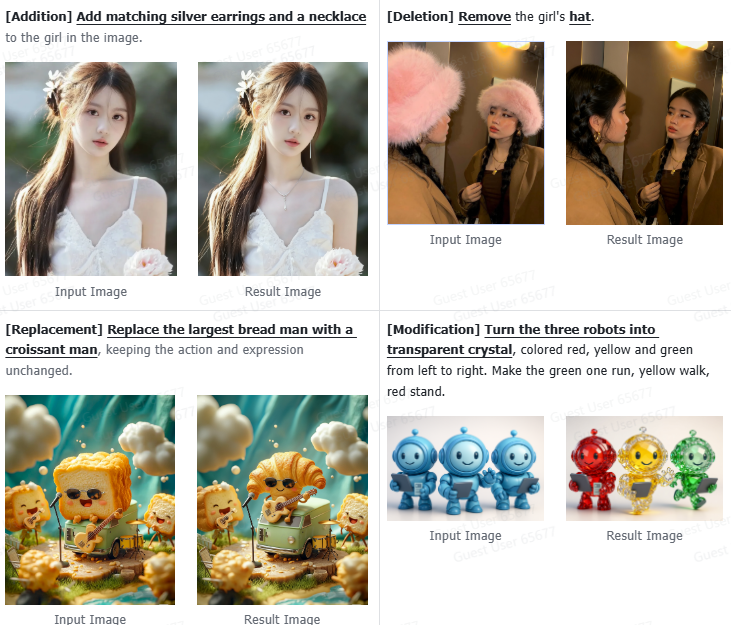
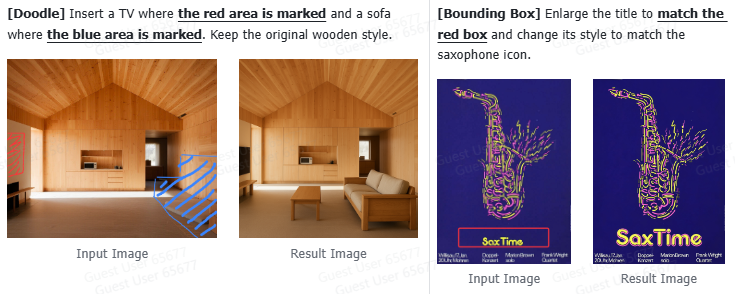
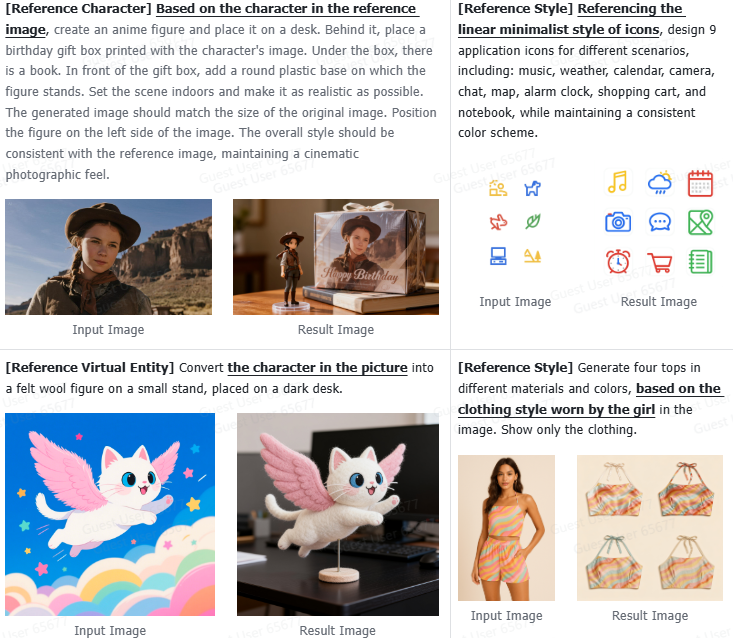
Challenges arise in edge cases, like ambiguous prompts ("A forest at night"). Fine-tune with negative prompts: negative_prompt="blurry, low-res". Benchmarks show 15% uplift in aesthetics.
Thus, Seedream 4.0 scales across domains, from startups to Fortune 500s.
Pricing, Limits, and Best Practices for Seedream 4.0 API
Seedream 4.0 costs $30 per 1,000 generations, uniform across providers. BytePlus bills per inference, with free tiers at 10 credits monthly. fal.ai charges $0.03 per image, scaling to volume discounts.
Limits vary: BytePlus caps 50 images per batch, 100 RPM on pro plans. Exceedances trigger 429 errors—implement exponential backoff in code:
import time
def retry_request(func, max_retries=3):
for attempt in range(max_retries):
try:
return func()
except Exception as e:
if attempt == max_retries - 1:
raise e
time.sleep(2 ** attempt)
Best practices include caching frequent prompts with Redis. Monitor costs via provider dashboards—set alerts at 80% quota.
Optimize payloads: Use 512-token prompts max, prefer descriptive over vague language. For edits, set strength=0.7 to balance change and fidelity.
Security matters—hash API keys, use HTTPS, and validate inputs against injection. Apidog's mocking aids secure prototyping without live calls.
In summary, disciplined usage maximizes ROI on Seedream 4.0.
Conclusion: Elevate Your Projects with Seedream 4.0 Today
Seedream 4.0 redefines image AI with its leaderboard-topping performance and versatile API. Developers harness its unified capabilities for everything from quick edits to intricate generations. By choosing providers like BytePlus and tools like Apidog, you streamline access and testing.
Start experimenting—sign up for fal.ai or download Apidog free to prototype. As ByteDance iterates, Seedream 4.0 promises even greater efficiencies. What prompts will you craft first?
